Traveling to new places as a solo traveler can be exhilarating and empowering, but it can be especially challenging for individuals with disabilities. Fortunately, with careful planning and preparation, travel with disabilities can be just as enjoyable as for able-bodied individuals. However, the key is planning and packing for your specific needs. In this article, we will provide tips for solo travelers with disabilities to help them pack smart and feel confident and comfortable during their trips.
1. Start with a packing list

Preparing for travel with disabilities can be overwhelming, but by making a packing list, you can simplify the process. When creating your list, consider what medical supplies and equipment you will need, as well as clothing and other essential items. This will help you avoid forgetting anything important and make packing more efficient. You can divide your list into different categories, such as documents, clothing, medical supplies, equipment, and gadgets. This will help you stay organized and ensure that you have everything you need for your trip.
2. Choose the right luggage

Choosing the right luggage can make a significant difference when traveling with disabilities. Look for lightweight, durable options that are easy to maneuver, such as wheeled backpacks or rolling suitcases. These options eliminate the need to carry heavy bags on your shoulder. Also, consider investing in luggage with built-in accessibility features, like luggage with telescoping handles or compression straps. These features will make it easier to access and organize your belongings while also reducing the effort required to do so.
3. Pack smart
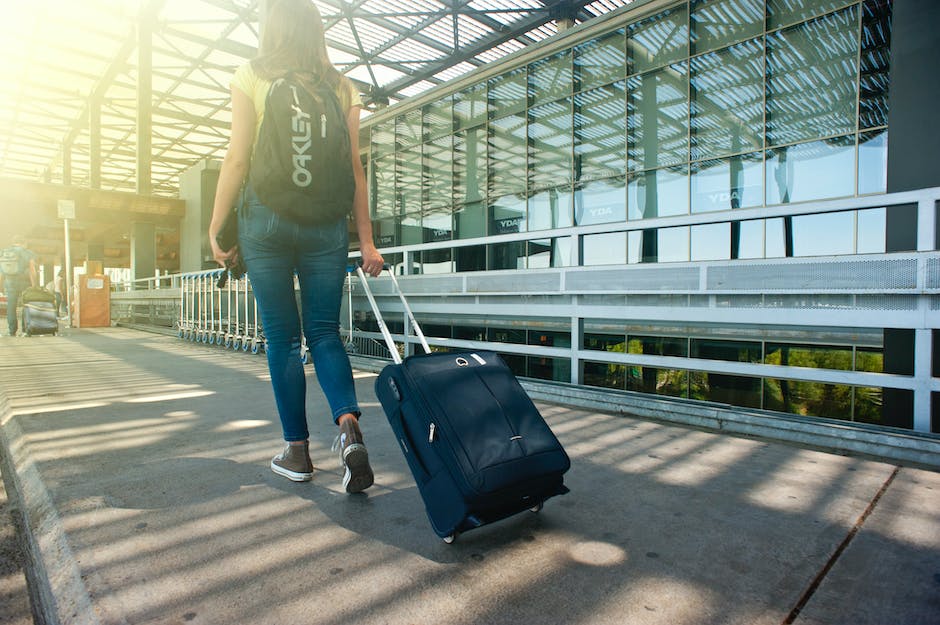
To pack smart, consider what items can serve multiple purposes. Bring shoes that can be worn for different activities or pack cubes to keep your items organized. Additionally, compression bags can help reduce the size of your luggage, making it easier to transport. Make sure to bring temperature-appropriate clothing and footwear that would cater to fulfilling your needs. In case of unpredictable weather conditions, be sure to have appropriate clothing for that and pack a few extra sets too.
4. Bring important documents and information
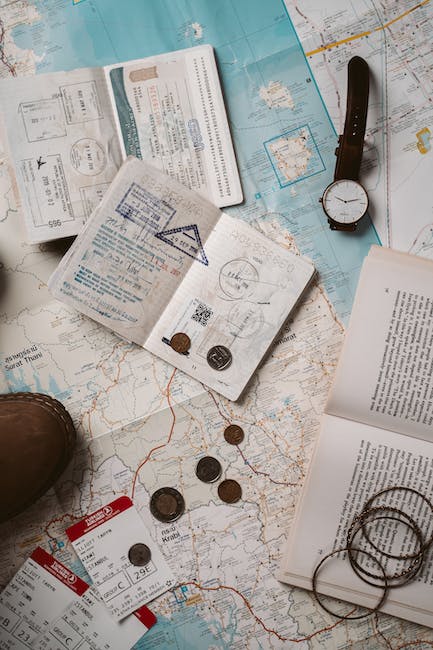
Documents such as medical certificates, medical prescriptions, insurance certificates, credit cards, and emergency contact numbers are essential to have while traveling. Make sure to keep the originals in a secured location, while keeping the copies with you at all times in your carry on. This includes, but is not limited to, passports, visas or identity proofs.
5. Pack for your specific needs

When packing, consider the specific needs of your disability. Make sure to pack any medication, mobility aids, or other equipment that you may need. If you have a visual impairment, pack Braille books or audio guides for your destination. You can also bring a sign language book or a recorder in case communication becomes difficult. If you use a wheelchair or have a mobility limitation, consider what types of activities you will be doing and the type of terrain you will encounter. Make sure to have the appropriate clothing, equipment and necessary medicines to alleviate any unexpected or sudden health conditions.
6. Don’t forget technology

Technology can play a vital role in making solo travel with disabilities more comfortable and enjoyable. Consider packing items such as noise-canceling headphones, charging cables, or portable GPS devices to help you navigate new places more easily. A smartphone can come handy while controlling many features at your fingertips. Carry an extra power bank to avoid battery depletion in case your smartphone dies out.
7. Plan for unexpected situations
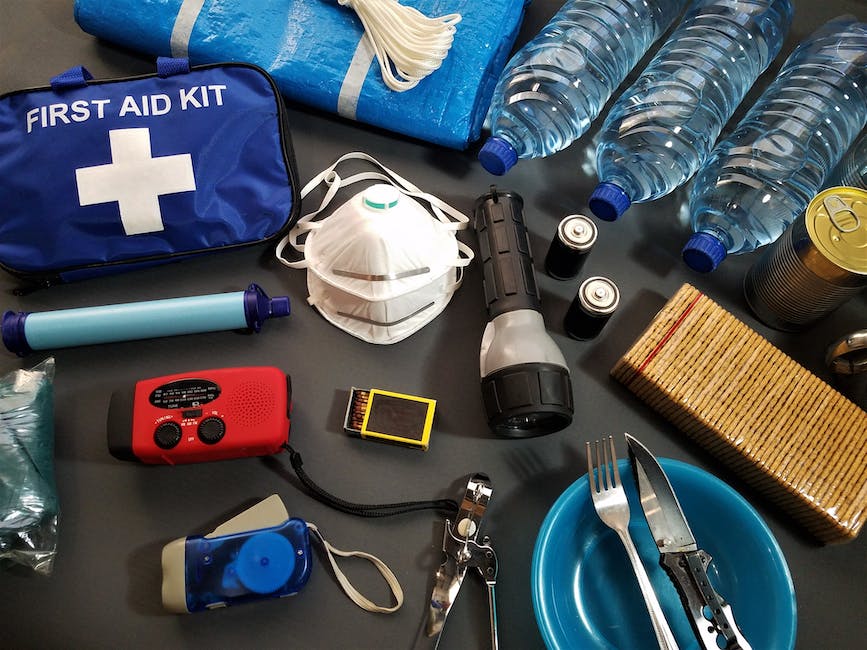
No matter how well you plan, unexpected situations can still occur. When packing for travel with disabilities, consider bringing extra supplies or equipment in case of emergencies. This might include extra prescription medication, backup mobility aids, or a first aid kit. Keep extra copies of your medical documents and prescriptions to avoid the hassle at the airport queues.
8. Consider accessibility in your accommodations

When choosing accommodations, consider accessibility. Research hotels or other lodging options that are equipped with accessible features, like ramps or elevators. Ensure that the restrooms have the necessary grab rails installed. Try to reach out to the hotel directly to ensure that your specific needs can be accommodated. If a hotel doesn’t provide satisfactory accommodations for your specific needs, consider exploring alternative options.
9. Pack for comfort

Ensure that you can relax and feel comfortable while traveling with disabilities. Pack items that will help you feel comfortable and relaxed, such as a travel pillow, lightweight blankets, or a pair of comfortable travel shoes. If staying long hours at the airport, carry an extra change of clothes and avoid carrying heavy baggage that’ll add unnecessary strain to your body.
10. Don’t be afraid to ask for help
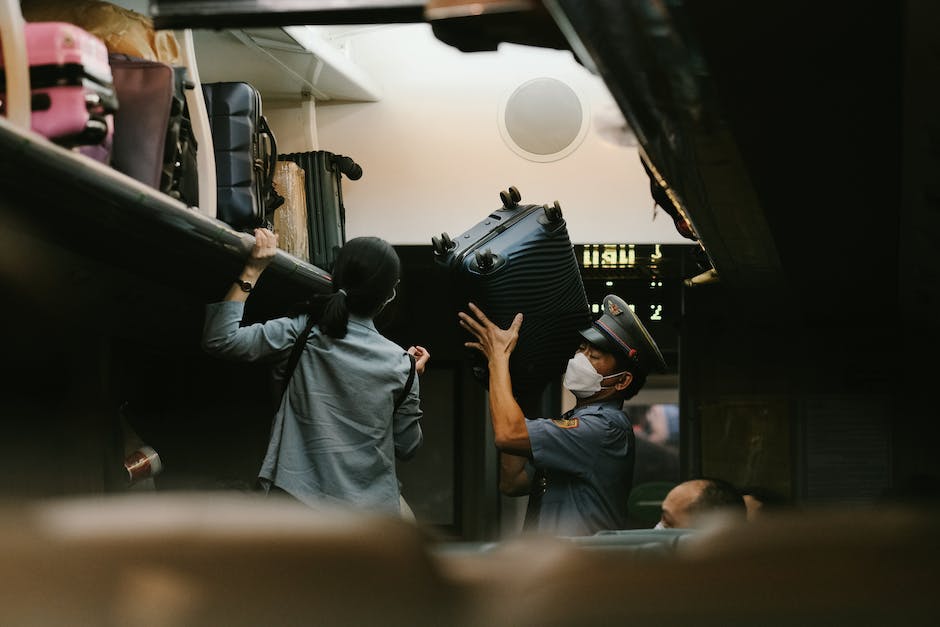
Asking for help when needed can make your travel experience much easier and less stressful. If you have a disability, do not hesitate to ask for assistance with your luggage, navigating a new airport, or any other travel-related task. Remember, you are not alone, and there are people willing and able to assist you along the way.

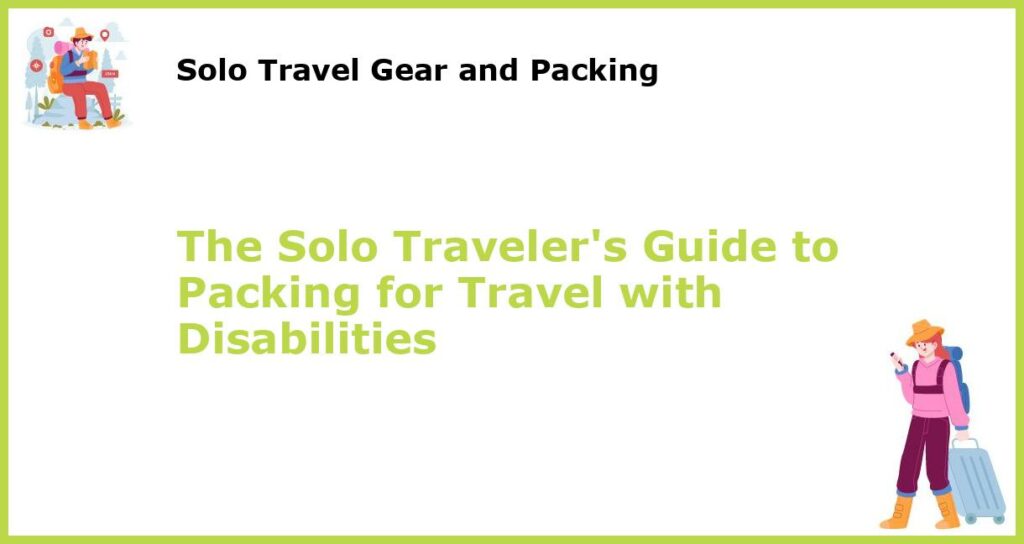






 You might also be interested in those articles related to solo traveling
You might also be interested in those articles related to solo traveling